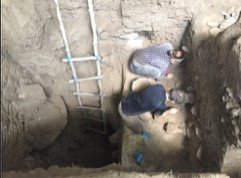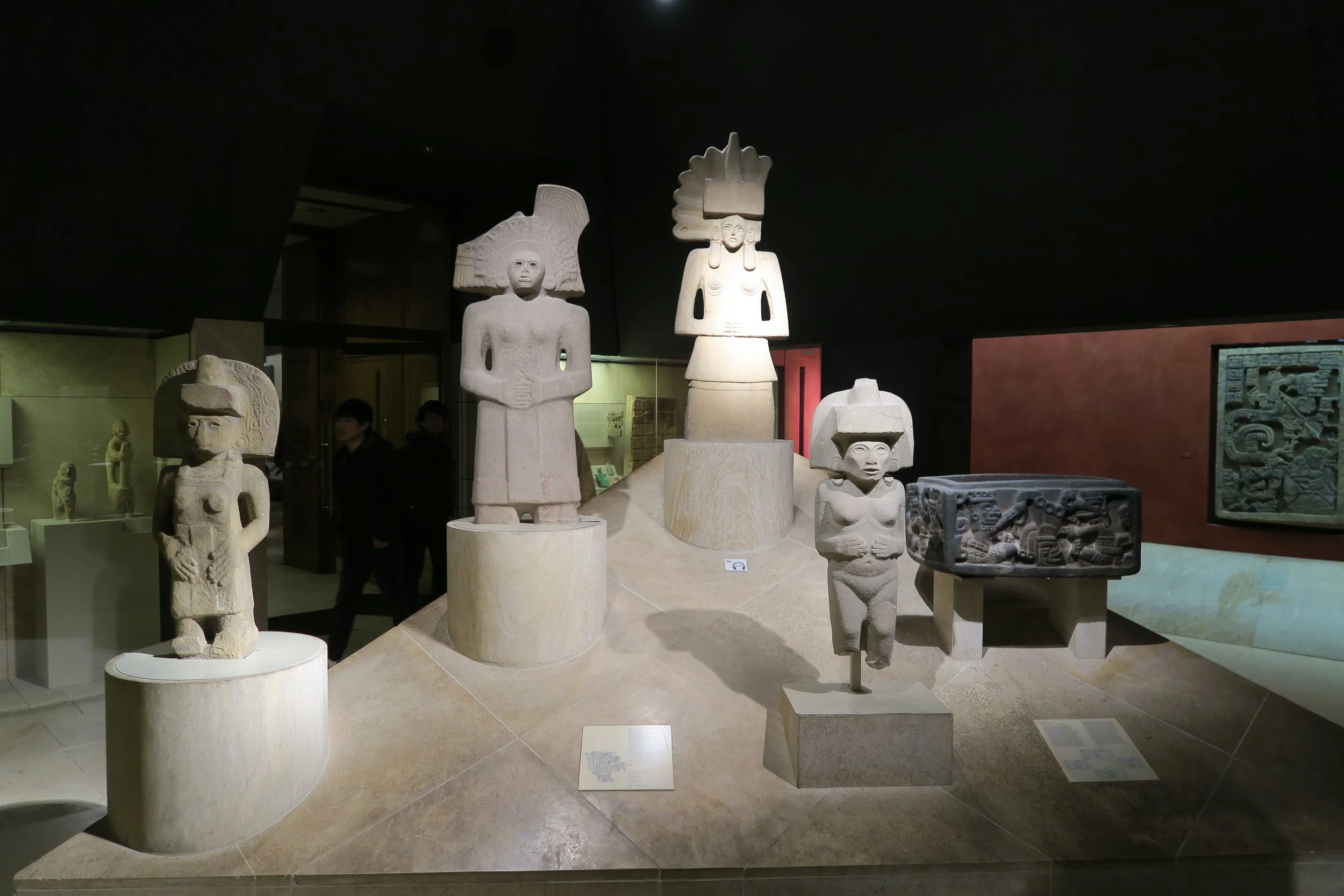FEBRUARY 2025 VIRTUAL MONTHLY MEMBERSHIP MEETING
Unveiling the Ancient Secrets of the Chinchorro Mummies
Bernardo Arriaza, PhD, Universidad de Tarapacá, Chile
This presentation delves into the remarkably sophisticated mortuary traditions of the Chinchorro people, a complex hunter-gatherer society that thrived in the Atacama Desert region of Northern Chile and Southern Peru over 7,000 years ago. Using sticks, clay, and mineral pigments like manganese, they meticulously conserved bodies, adding realistic details such as open eyes and mouths. This presentation synthesizes the Chinchorro's mortuary practices, daily life, and mummy preparation consequences. As one of the earliest known examples of artificial mummification, this ancient culture provides a unique glimpse into the social complexity, worldview, and symbolic expressions of coastal hunter-gatherer populations.nia.
Bernardo Arriaza, PhD, is a Fellow at Dumbarton Oaks and Professor at the Universidad de Tarapacá in Arica, Chile. As Director of the Chinchorro Cultural Heritage Center (Arica), he played a pivotal role in securing UNESCO World Heritage status for the Chinchorro sites in 2021. Dr. Arriaza received his PhD in Physical Anthropology from Arizona State University in 1991 and conducted postdoctoral research at the Smithsonian Institution.. Prior to his current appointment, he was Professor of Anthropology at the University of Nevada, Las Vegas (1992-2004).
Dr. Arriaza's research focuses on the bio-cultural adaptation of early coastal hunter-gatherers to arid environments, utilizing mortuary contexts to investigate this phenomenon. He has authored over 100 scientific articles, books, and book chapters. Notable publications include "Beyond Death" (Smithsonian Press, 1995) and "Chinchorro Culture: Past and Present" (Editions Universidad de Tarapacá, 2016, co-edited with Vivien Standen). Currently, Dr. Arriaza is investigating manganese poisoning in Chinchorro populations of the Atacama Desert, northern Chilee.
The February 2025 member-supported meeting will be presented on Zoom. The meeting is open to the public but pregistration is required. To register, click HERE.



































